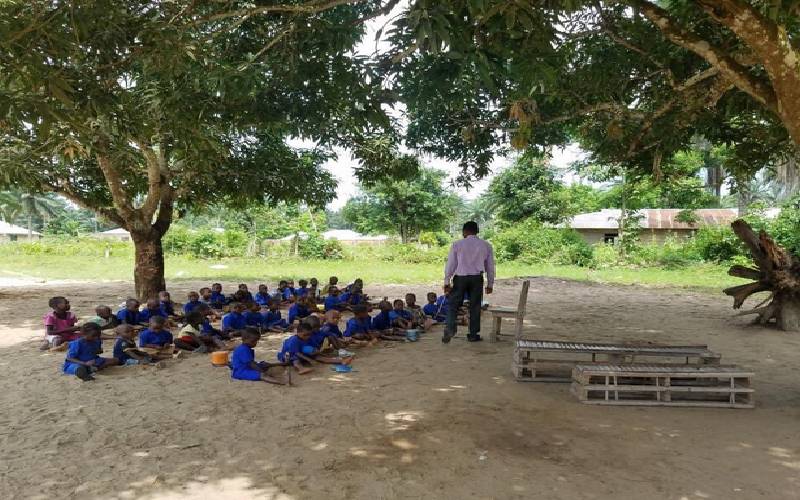×
The Standard e-Paper
Informed Minds Prefer The Standard

Langa Langa Secondary School in Nakuru County has converted a bus shade into a classroom following high Form One student intake this year.
Currently, the county has recorded 85 per cent transition from Class Eight to Form One against the national target of 100 per cent.